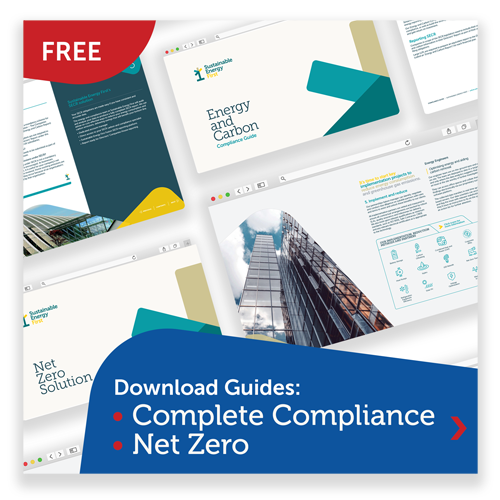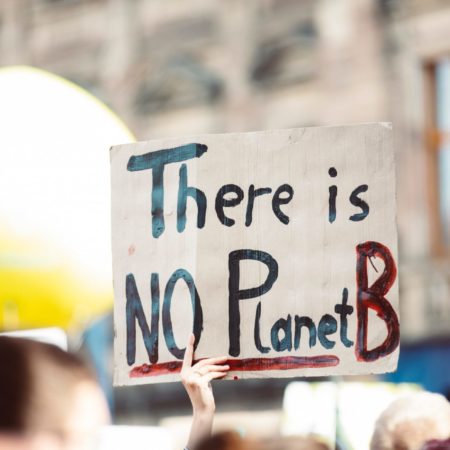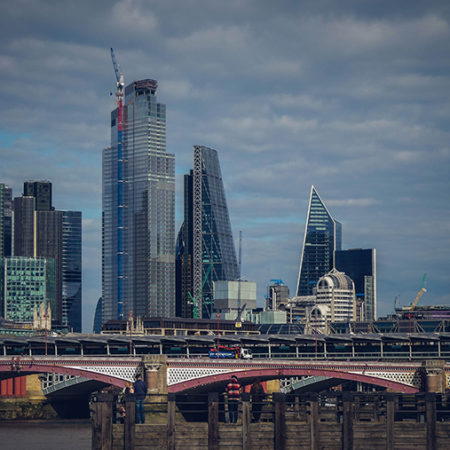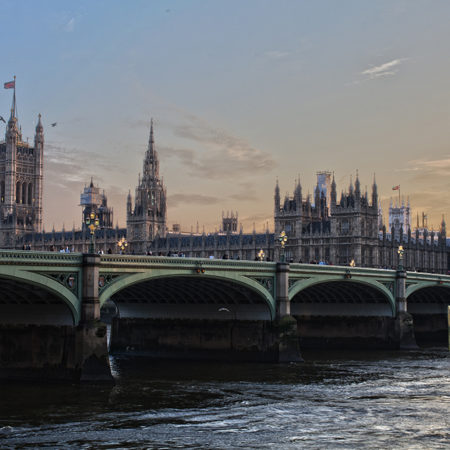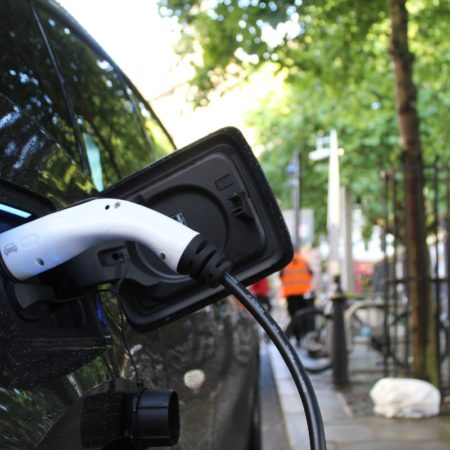The number of businesses with some kind of net zero pledge has rocketed in recent years. According to the Net Zero Tracker, 682 of the world’s 2,000 largest publicly-traded businesses have set themselves some kind of net zero target. Here in the UK, the proportion is even higher; COP26 saw over half of the country’s largest businesses pledge to reach net zero by 2050.
But these impressive figures ignore the reality that many businesses don’t have a net zero strategy because they don’t know how to start. If climate action is one of the new year goals for your business, here is a quick rundown of what your net zero plan should include.
Setting the boundaries of the business
For a business to take responsibility for its emissions, there needs to be clarity on exactly which emissions are generated by the activities of the business. This means you need clarity on which assets belong to the business, which operations it is responsible for and which sites it controls. This boundary-setting exercise is an essential first step for calculating your greenhouse gas (GHG) emissions.
Mapping out emissions sources
Once the boundaries are clear, you can go ahead with mapping the sources (and potential sources) of GHG emissions within your business. Internationally recognised standard the Greenhouse Gas Protocol divides emissions into different categories depending how they are generated. Scope 1 emissions are direct emissions caused by your business burning fossil fuels itself. For example, when a fleet vehicle burns petrol or an on-site boiler burns natural gas, the emissions from that would be Scope 1.
Scope 2 emissions are indirect emissions from the electricity you purchase and use. No fossil fuels are being burned on site, but if they are being burned at a fossil-fuelled power plant to keep the lights on in your office, they are your Scope 2 emissions.
Scope 3 emissions are both the biggest and trickiest category of all, making up over 80% of the average organisation’s emissions. They are generated by activities relating to your business, but they come from sources you do not own or control. This lack of oversight and control is what makes them the hardest to address, and most businesses set less ambitious targets for Scope 3 than for emissions in the other two categories. You may wish to start your net zero journey by focusing just on scopes 1 and 2.
The urgency of the climate crisis demands that we cut emissions as fast as possible, and getting measurable results early will help to build momentum.
Gathering the data
Once you have identified all the sources of emissions for your business (at least in scopes 1 and 2), you need to gather the data to calculate exactly how much those emissions are. For example, the latest government figures say that for every kilowatt hour (kWh) of natural gas a business consumes, 0.184kg of CO2 is generated. So a small business using 20,000 kWh of gas each year would produce 3.68 tonnes of GHGs from this source.
Seven different greenhouse gases are recognised as contributing to climate change. The global warming potential per tonne varies wildly depending on the type of gas; for example, methane has 25 times the global warming impact of carbon dioxide. For this reason, most GHG reporting protocols require you to record all gases in terms of carbon dioxide equivalent, or CO2e.
Every year, the UK government publishes tables of conversion factors to help you calculate emissions expressed in CO2e for a range of activities, from burning woodchips to having a leaky air-conditioning system. But many businesses bring in expert help for this, not just because it is a lot of work but also because there are so many potential pitfalls if you are doing this for the first time. Because the global warming potential of different gases varies so wildly, getting your conversion factor wrong for one emissions source could mean your calculations are out by orders of magnitude.
Deciding on priorities
There are many different routes to net zero, and deciding where to start isn’t easy. Every possible route will vary in terms of timescales, upfront costs, feasibility, speed of return on investment and so on. Bringing in the professionals will definitely help to set out the options more clearly, but only the people on the board are qualified to say whether a particular set of actions is truly in line with the company’s priorities.
But this isn’t a once-and-for-all decision. As a matter of routine, you should be regularly checking in on the progress of your net zero strategy, calculating the changes in emissions and updating your plans accordingly. A net zero strategy that is regularly reviewed in response to the data is more effective than one that remains rigidly in place.
Your net zero strategy should include a plan for tackling the harder-to-abate areas of the business, but there’s no harm in going for the “easy wins” first. The urgency of the climate crisis demands that we cut emissions as fast as possible, and getting measurable results early will help to build momentum. There are many possible actions that will get you those results in just a few months, so let 2022 be the year that kickstarts your brand new net zero strategy.











